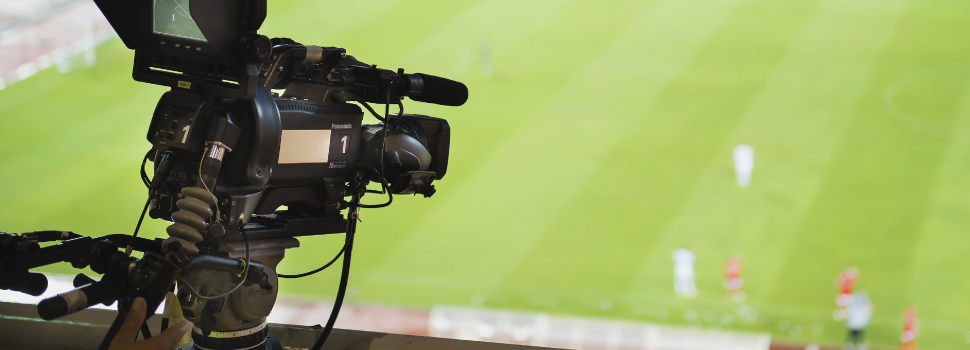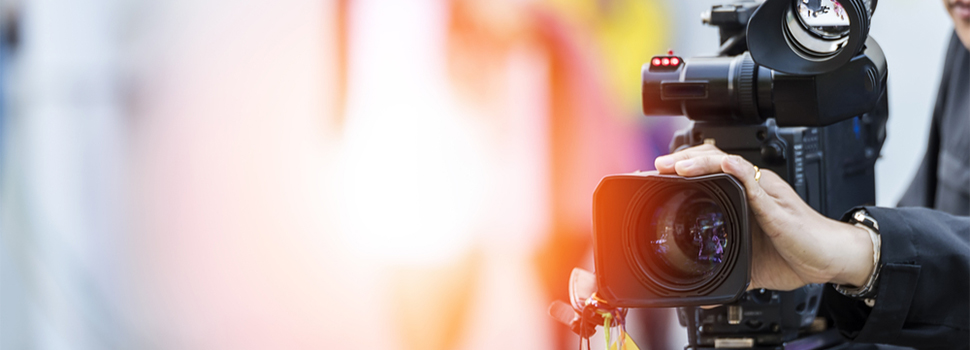
The role of broadcast technology in the age of Covid-19
It’s the most dramatic change to our lives since the post war years, and for many of us it’s the biggest crisis in living memory. The threat of Covid-19, and the national lockdown that’s followed, has had an incomparable effect on our daily lives, and on the operations of businesses and events the world over. And amidst the isolation, technology has become a lifeline. For many people, especially those of us who live alone, it’s provides the only way we’re able to have any human contact at all.
It goes to show the increasingly vital role that communications technology has to play in our lives. As humans, it gives us essential ways to stay connected, and as professionals, it gives us at least some ways to continue – far more options than we would have had in previous years. Here at Rubber Box, our electrical distribution equipment is often used across sectors that are most heavily affected by this crisis, so this week we thought we’d take a moment to examine the newfound importance it has – and what it might evolve into in the future.
How modern technology is helping us to survive
Before all this, it could sometimes be easy to forget just how far technology has come in recent years, especially in the realm of communications. For example, social media is so ubiquitous that it seems like we have to go a long way back to remember a world without it. But even as recently as 15 years ago, it basically didn’t exist. It was just about a thing, but certainly not on the same scale that it is now. Facebook was barely a year old, and was still contained to US colleges. Instagram, WhatsApp, YouTube and Twitter were barely a glimmer in the eyes of their respective creators. Smartphones weren’t around yet either – the iPhone wouldn’t be launched until 2007, two years later.
Fast forward to today, now millions of people are relying on it to keep in touch – not just with their friends and family, but with the wider world too. It’s also instrumental for many businesses to get vital updates out to their customers. Other forms of communication like video streaming and audio broadcasts are being used by everyone to stay entertained, stay informed, and stay connected. For businesses and consumers alike, the role of broadcast equipment and similar technologies has never been more important. It’s become an economic, commercial and sometimes literal lifeline.
A new way of reaching the world
The advancement of the technology means also we’ve got access to more sophisticated devices that are widely available in smaller and simpler packages, and the general population is now more tech literate than ever before. National radio is now supplemented up by podcasts, which cover almost every topic you care to imagine, and can be set up by almost anyone from their bedrooms at home. But while this was previously the realm of independent and aspiring broadcasters, now even the world’s largest corporations and organisations are increasingly relying on these sorts of smaller setups too, in a desperate bid to maintain their outputs.
Channel 4 is one such household name that’s having to find new ways to manage without the space, resources and perfect environment that a purpose-built TV studio would normally provide. One of its flagship presenters, Steph McGovern, is now presenting her new Channel 4 show from her living room.
And in the wake of widespread festival cancellations, international star Lady Gaga organised an eight-hour gig that involved 100 musicians playing from their living rooms, bedrooms and back gardens. All of this would not have been possible without the ingenuity and sophistication of modern broadcast equipment, easily set up in environments not traditionally designed to accommodate them.
Theatres and sporting events comprise other sectors that are suffering almost immeasurably under the new restrictions. The vast majority of them rely on large crowds gathering in a single place, which means most have been forced to simply cancel. But some are finding a way to continue, and those that do almost singularly rely on modern broadcast technology to get to their audiences.
What does this tell us about the future?
Although it may be a very long way off at the time of writing, it’s important to remember that as a species, we will conquer the coronavirus crisis. And when we go back to normal (or whatever we define as the new normal), how we handled the outbreak will likely set a key precedent for how we use this kind of technology in future. Broadcast equipment and similar technologies will probably play a far bigger part in our personal and business lives.
For example, remote working wasn’t a new phenomenon before all this, and it has in fact been predicted for decades. But now that almost every business that could conceivably use it has been forced to try it, there may well be a lot who don’t choose to go back. Others might realise that their business can function perfectly well without physical premises, and shift their operations entirely online.
Even after the immediate crisis has passed, broadcast and digital technology is still likely to be heavily relied upon by events, arts and sporting organisations. People will still be very wary of gathering in large numbers, so crowds are still probably going to be small at first, and only increase over time. Events like the F1 may have to find a way of monetising their broadcasts to make up for the inevitably smaller crowds they may have at their first events. And could big music fixtures like Glastonbury take their cue from Lady Gaga above? Will online festivals become be a thing?
The same is true for the other arts, such as the theatre. As we touched on above, the ones that are continuing are mainly doing so by live streaming their performances. Let’s be honest, that can’t become the new norm. A live audience is an integral part of any theatre show, and no camera can match the energising power of an appreciative crowd. But could live-streamed give rise to brand new ways for performers, writers and directors to produce their art? Could they find new audiences in people who (for whatever reason) wouldn’t normally be able to come to their shows?
We’re asking all these questions, but just like you, right now at Rubber Box we don’t have the answers. It will be interesting to see what other trends emerge during this lockdown, and how our customers will be using our power distros once the crisis is all over. Until then, all we can do is speculate, and hope for an a brighter future. Stay safe!





